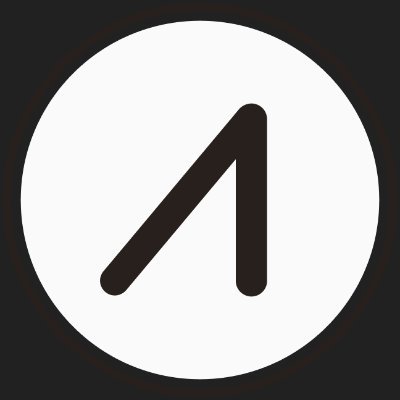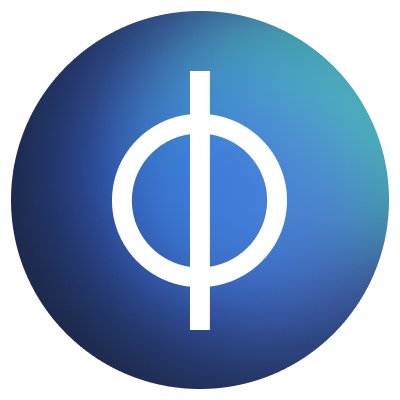Inventory of non-mainstream projects in the decentralized computing track: Are they Alpha Gems?
Author: SleepinRain
What is decentralized computing really about?
Besides io.net $AKT $AR $TAO, what other opportunities can we participate in?
The following content aims to discuss how I understand the decentralized computing sector after learning about the relevant knowledge.
Let's dive in together.
1. What exactly does decentralized computing do?
It is about "computation"; what do these protocols compute?
In simple terms, computation is the processing of information data to achieve a target output.
The biggest demand side for decentralized computing, or the "market's perceived" demand side, is AI training. Of course, this sector currently faces many issues in data synchronization, network optimization, and data privacy and security.
At present, the largest solutions on the market should be io.net $AKT and $RNDR. However, as Greythorn Asset Management mentioned, the complexity of creating and managing decentralized clusters at scale involves significant technical challenges, and they still have a long way to go (this statement is directed at io.net but applies to most).
Reference link: https://0xgreythorn.medium.com/io-nets-revolutionary-gpu-cloud-f18c06b944e4
2. Refining application directions
Let's take a simple look at the specific businesses of the decentralized computing projects mentioned earlier ⬇️
- io.net provides GPU computing power and has partnered with $RNDR, focusing on machine learning and AI computation.
- $TAO acts as a computing power intermediary, matching AI training needs.
- $AKT has higher scalability than $RNDR; it supports GPU, CPU, and storage computing, thus having a more diverse customer base.
- $AR's AO is a super-parallel computer modularly combined with Arweave, responsible for communication and parallel computing, while Arweave handles storage and verification. Moreover, AO supports modular combinations.
The application direction of decentralized computing is strongly linked to the AI field, providing services to the AI sector in the form of computing power. Essentially, we can break down Crypto+AI into: 1) What can Crypto do for the AI industry? 2) How can the AI industry empower Crypto? I have mentioned this in my previous articles. The way the AI industry empowers Crypto is through AI agents, such as $PRIME and $OLAS. The foundational idea of how Crypto can serve the AI industry is through computing power.
This is also the reason why computing power assets are being hyped and new computing power protocols are emerging.
In addition to computing power and applications, Crypto can also make contributions at the data and algorithm levels.
Currently, their main growth bottleneck lies in the acceptance of their cooperation forms by Web2 clients. In this regard, $AKT has done relatively well.
3. Two Gems related to computation and data
Next, I will share a few Gems (I hold positions in all of them, so please do your own research before buying, and don't just follow me).
FluenceDAO @fluence_project
Official introduction: Fluence is a Web3 native computing platform for developing and hosting applications, interfaces, and backends on a permissionless peer-to-peer network. Fluence can read data from any public data source (IPFS, Filecoin, Arweave, Ceramic, Ethereum, Solana, Flow, etc.), compute it, and store the newly computed data back to any of these repositories.

Background introduction: FluenceDAO is an AI+DePin project that has partnered with Filecoin, and the co-founder of Solana is also paying attention to this project. The project is led by Multicoin, with participation from 1kx and Signum Capital, raising $11 million. Fluence has created a network to provide users with a decentralized cloud computing platform + marketplace, managed by Fluence DAO and $FLT.
Currently, the price of $FLT is $0.6, MC 29.9M, FDV 599M.
For more reading: https://twitter.com/ahboyash/status/1770333758522323192
AIOZ @AIOZNetwork
Official introduction: AIOZ Network is a comprehensive infrastructure solution for Web3 storage, decentralized AI computing, live streaming, and video on demand (VOD). AIOZ Network's dCDN platform transforms file storage and distribution in Web 3.0 Dapps, providing an affordable solution for file storage and media streaming. AIOZ Network's blockchain combines the robustness of Cosmos with the compatibility of the Ethereum Virtual Machine (EVM) (high compatibility and low cost).

Background introduction: Previously, AIOZ focused on becoming the primary DePin infrastructure platform for storage and streaming, and now AIOZ is moving towards AI. Like io.net and FluenceDAO, it is building AI+DePin infrastructure. A few years ago, AIOZ joined the NVIDIA Inception program.
One of AIOZ's distinctive designs is the dCDN (Distributed Content Delivery Network), where the edge nodes of the network are responsible for running it, and nodes operating the network will be able to earn $AIOZ token rewards. The dCDN has the feature of allowing the network to scale infinitely. This means that as demand grows, the number of edge nodes needs to increase to meet market demand (currently, there are 80,000 nodes globally).
So, how does AIOZ integrate with AI?
AIOZ W3AI is an AI computing infrastructure that helps clients perform distributed AI computing while ensuring data privacy. Clients can access more AI models through the AI-as-a-service offered by AIOZ.
Interestingly, while reading the materials, I noticed a concept that was mentioned multiple times: AI inference.
In the AI field, inference is the process of drawing conclusions from new data using a trained machine learning model; AI models capable of inference can do so without examples of the desired outcomes. In simple terms, AI training is the first phase of an AI model, while AI inference is the application of the AI model. In fact, AI inference is the process used to test the capabilities of AI models.
AIOZ's W3AI Marketplace allows nodes to store user data in a decentralized manner and execute AI tasks directly on user devices. This makes AI inference more cost-effective and private.
In simple terms, AIOZ is providing services for AI through edge computing.
For more reading: https://route2fi.substack.com/p/aioz-network-at-the-forefront-of
Currently, the price of $AIOZ is $0.8, MC 878M, FDV 878M.
Finally, let's talk about what I believe to be the trend of Crypto AI: An important trend for the future of Crypto AI is the refinement of niche sectors, with a higher granularity. Alongside competition, more modular collaborations will emerge.











